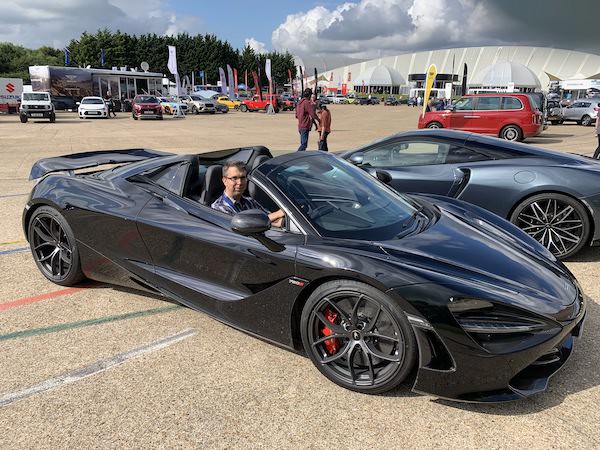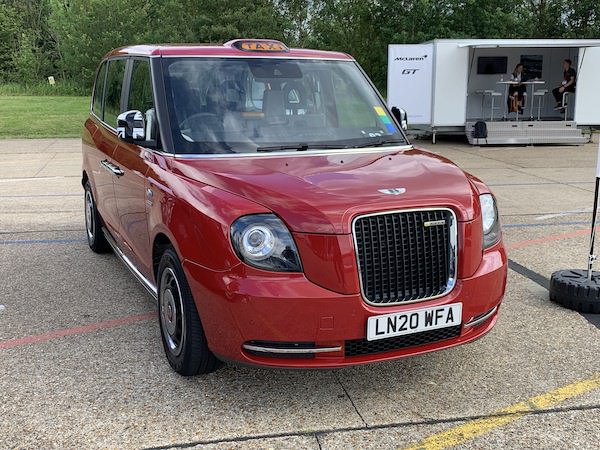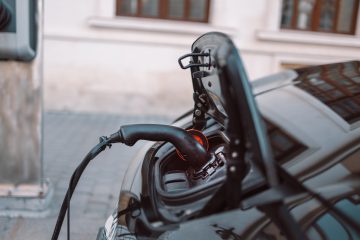Earlier this month, I attended the SMMT Test Day, an annual event for journalists and carmakers to come together. At the Millbrook Proving Ground, I was able to drive a variety of cars and catch up with PR executives, finding out what the state of the industry was.
The answer was obvious the moment I arrived. Firstly, the event was organised differently due to COVID-19, with social distancing requirements meaning the car park was closer to the action due to the lack of minibuses. Then there was the line-up of cars themselves, with a large number sporting green plates – battery-electric vehicles (BEVs).
In fact, the majority of the cars I drove that day were electric. I sampled the Volkswagen ID.3 and ID.4, the Mustang Mach-E, Audi’s Q4 e-tron, a Bugatti Baby II, and the small but fun Honda-e. I’ll be hosting reviews at a later date, but it’s clear the industry really is pushing electric technology. Since the last Test Day in 2019, there has been a vast improvement in the choice of models, highlighting that the BEV-onslaught is coming.
What surprised me most was the fact that it felt normal to drive a BEV. I remember my first go in one, thinking constantly about the range, the power, checking the battery charge. This year, I jumped in and off I went. It goes to show that once you are used to a technology, it’s easy to forget the issues.
At least it was, until I checked the range on the ID.4 and found that despite driving two miles, I had depleted it by 10. I guess a heavy right-foot in an electric vehicle is a bad thing!
Luckily I will have a chance next month to double check. For those who are unaware of my reviews YouTube page, All Torque, I spent 10 days with a BEV in 2019, the MG ZS EV. The carmaker is now loaning me their MG 5 long-range model for a follow up. If any garages fancy having a look and perhaps appearing in a video, let me know.
Alternative tech
While at the Test Day, I got chatting with David Crouch, senior press officer at Toyota GB. He told me that the carmaker is keen to keep its options open, and respond to consumer demand, rather than regulation.
Toyota is the pioneer of hybrid technology, and is (reluctantly) launching a BEV sub-brand, bz, to prepare for the end of petrol, diesel and hybrid sales. However, the carmaker is also a leading light in the move to hydrogen fuel-cell technology, with its Mirai about to see a second-gen model go on sale. It looks much, much better than the first.
Hydrogen interests me, and it appears quite a divisive technology. Again, I would love your views on the subject, you can either drop me an email or post in the Auto Repair Focus Facebook group. Some see it as preferable to battery (I won’t use the term ‘electric’ as the fuel-cell drives an electric motor), others feel it is a waste of time.
Crouch stated that with hydrogen, it is a ‘chicken and egg’ scenario. Hydrogen cars cannot exist without infrastructure, but infrastructure cannot be built without demand created from cars. It seems the UK government is going to step in, however, with a hydrogen strategy mandating fuelling stations be built.
There are also many moves to develop ‘green’ hydrogen, created from renewable energy. These efforts are far advanced, meaning hydrogen will become a viable, and credible alternative to battery technology.
It seems clear that much like petrol and diesel of old, the automotive industry will remain a ‘two-fuel’ market for the future.



















You must be logged in to post a comment.